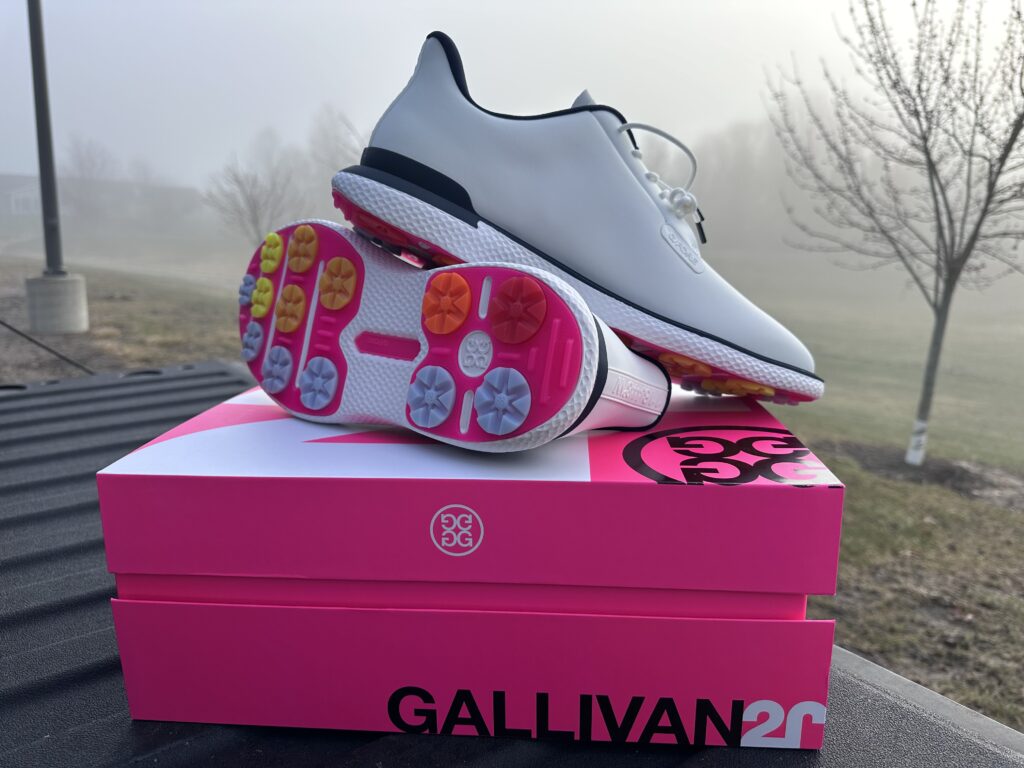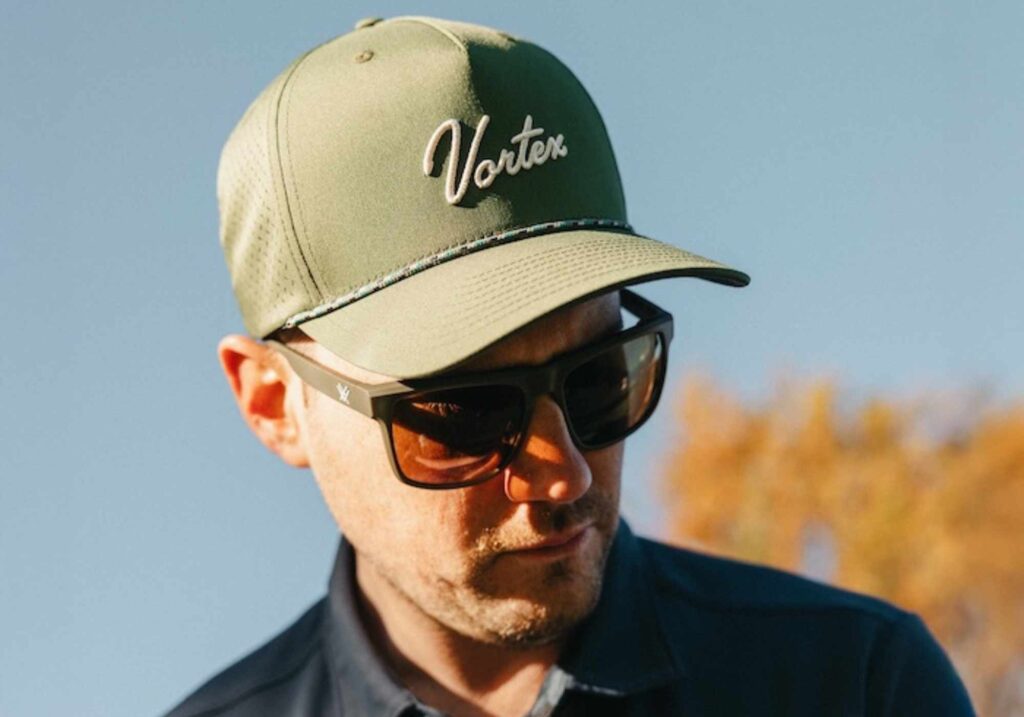If you’re new to golf, figuring out what to wear can be just as intimidating as learning how to swing a club. Unlike many sports, golf has a reputation for its dress code—and while it’s not as strict as it used to be, most courses still expect players to follow a certain standard.
The good news? You don’t need expensive gear or flashy outfits to fit in. With a few basic guidelines, you can show up looking confident, respectful, and ready to play.
Here’s a simple guide to golf course attire for first-timers.
Collared Shirts Are a Safe Bet
For most courses, collared shirts are the standard. A classic polo (short or long-sleeved) works perfectly. Some modern courses allow mock-neck shirts or athletic tops, but if you’re unsure, stick with a collared shirt—it’s always appropriate.
Avoid: T-shirts, tank tops, or anything with large logos or offensive graphics. Even at casual courses, these can be frowned upon.
Golf Shorts or Pants

For bottoms, go with clean, tailored golf shorts or pants. These are typically made of light, breathable materials and designed to move with your swing.
Acceptable:
- Khakis or golf slacks
- Golf-specific shorts (not too short or too baggy)
- Joggers
- Skorts or golf skirts for women
Avoid:
- Gym shorts
- Denim or cargo shorts
- Anything too tight or too casual
Golf Shoes (or Athletic Alternatives)

Golf shoes provide grip and stability during your swing. Most have soft spikes or spikeless soles designed to protect the turf. If you’re just starting out, you don’t need to buy them right away—clean athletic sneakers with good traction can work for casual rounds.
Avoid:
- Metal spikes (banned at most courses)
- Open-toed shoes or sandals
- Worn-out running shoes that lack grip
Hats, Gloves, and Accessories

Hats help protect you from the sun and are common on the course. Baseball caps, bucket hats, and visors are all appropriate. Just remember to remove your hat when entering the clubhouse or at the end of a round during a handshake.
Gloves (usually worn on your non-dominant hand) can help with grip and prevent blisters. They are optional, but I’d strongly recommend wearing one.
Outerwear for the Weather
Golf is often played rain or shine, so dressing for the weather is important. Lightweight jackets, windbreakers, or vests work well for cooler temperatures. On hot days, breathable moisture-wicking fabrics help keep you cool and dry.
Tip: Always bring an extra layer or rain gear—you never know when the weather will turn.
Dress Code Varies by Course
Public and municipal courses tend to be more relaxed, while private clubs often have stricter dress codes. If you’re unsure, check the course website or call ahead. It’s better to ask than show up underdressed.
Final Thoughts
Dressing for golf doesn’t have to be complicated. Aim for clean, comfortable, and respectful clothing that allows you to move freely and stay cool. When you look the part, you’ll feel more confident on the course—and that can actually help your game.
So throw on that polo, lace up some clean sneakers, and tee it up with style. You’ve got this.
